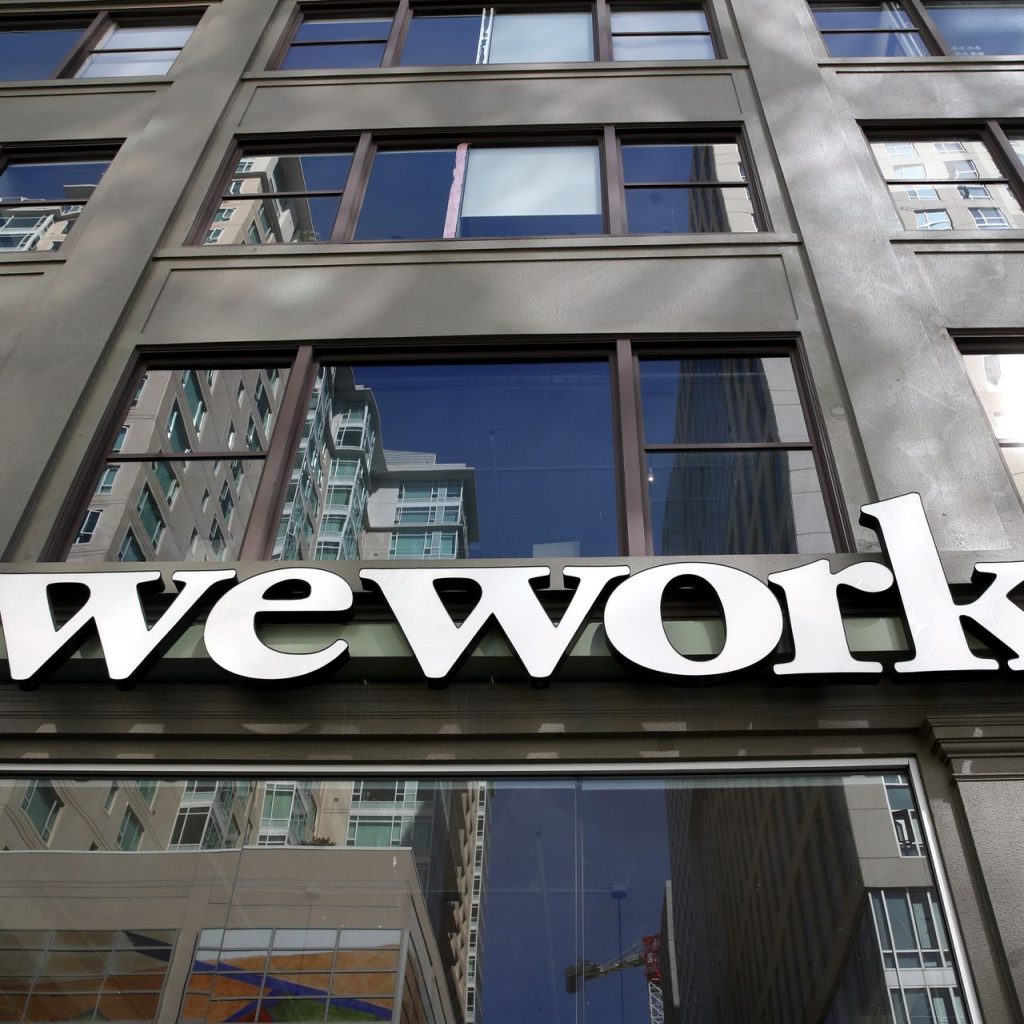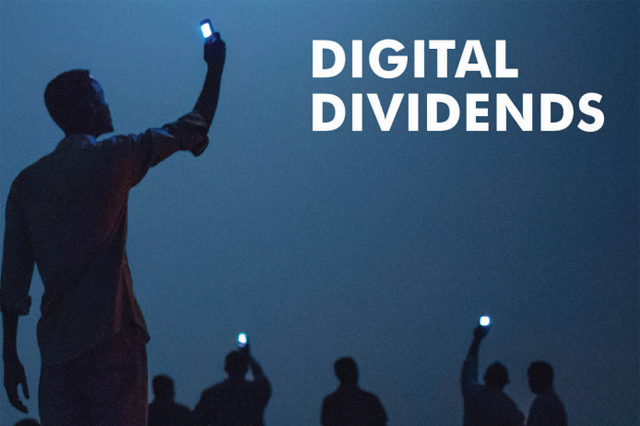Back in the 1960s IBM virtually controlled the market for computers with its Model 360 mainframe. IBM was adept at bundling a full range of hardware, software, and service agreements to ensure that as customer needs grew, they would stay with IBM.The late 1970s saw the launch of both Apple and Microsoft. At first, IBM was a great competitor to these made-in-a-garage upstarts. But after losing over $8 billion in 1993 alone, IBM finally threw in the towel on the mainframe hardware business. The firm began a structural shift to a services company that would take nearly 20 years to complete.
Is The iPhone The Model 360 Mainframe of This Generation?
There’s no question Apple is currently doing well financially. With a market cap of about $1 trillion each, Apple, Amazon and Microsoft battle with each other for the #1 position amongst the FANG stocks of Facebook, Amazon, Netflix and Google.
But size has a funny way of breeding complacency.
When companies become too big, they become less transparent and poor corporate stewards, as in the case of Facebook. Or they become arrogant, such as Kodak refusing to believe that digital technology could ever displace printed photographs. Or like IBM, losing billions and billions of dollars on a business segment that was in decline.
iPhone Sales Continue to Decline
Apple has been pretty adept at raising the price of its signature iPhone each year.
Until recently that strategy has been working. But last quarter Apple saw a 23% drop in year-over-year iPhone unit sales, selling 40.2 million iPhones in the quarter compared to 52.2 million iPhones in the same quarter one year ago.
Apple’s Shift to Services
One can make a good argument that not a lot has changed with recent versions of the iPhone, other than its astronomical price. Buyers seem to agree, with Apple having seemingly reached the tipping point where people aren’t willing to pay more for essentially the same smartphone.
That’s likely why Apple is increasing its focus from one time hardware sales to selling services with recurring revenue. Just before January’s Consumer Electronics Show in Las Vegas, Apple CEO Tim Cook revised Apple’s revenue guidance downward for the first time in the company’s history, citing lackluster iPhone sales and the trade war with China.
Cook redirected investor focus to Apple’s growing services segment that hit an all-time high of $10 billion in revenue last quarter. Services such as iCloud, Apple Music, Apple Pay, and a soon-to-be-launched video service that may compete with Netflix, currently account for about 16% of Apple’s total sales.
The revenue Apple is generating from services is higher than what comes from the iPad but lower than Mac sales revenues. So far, service revenues have been partly contingent on the success of the iPhone, a product whose unit sales are in decline.
But Apple is working diligently to detach its service offerings from phone sales. If Apple can succeed in getting customers to view its services as standalone product, that may be the silver bullet Apple needs to continue to grow.




